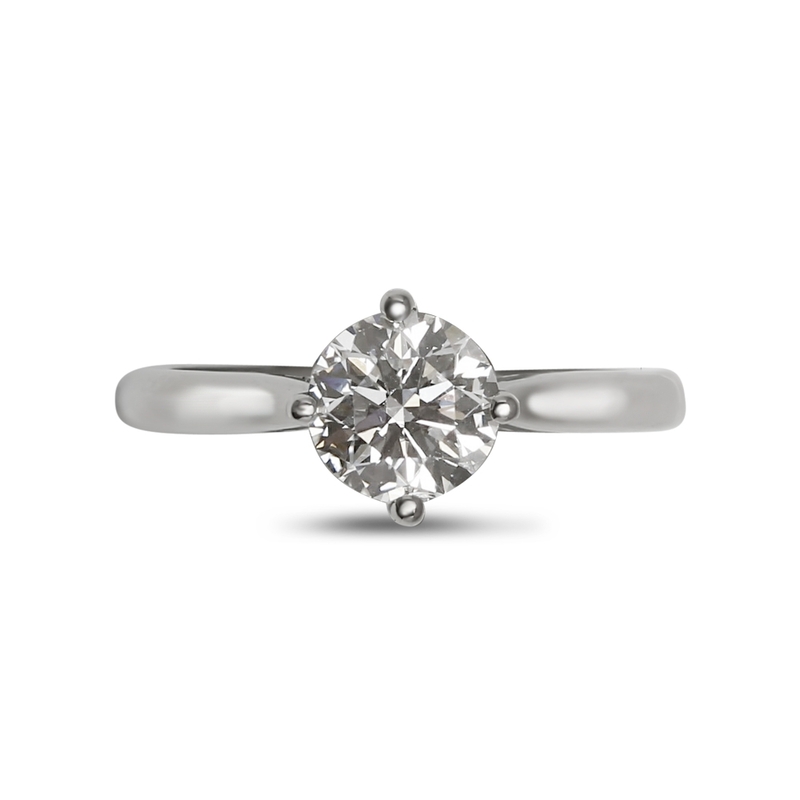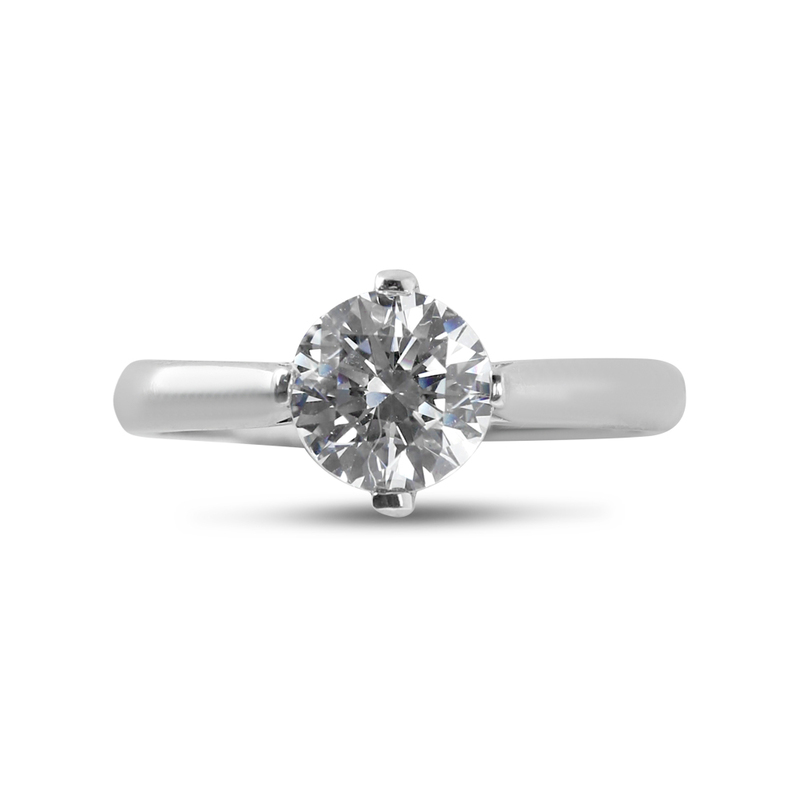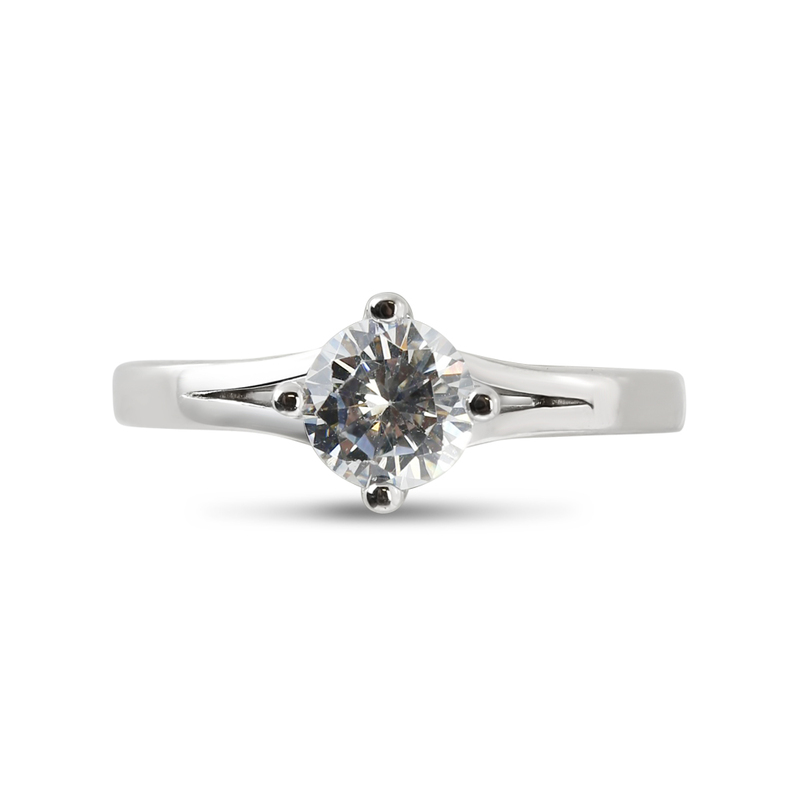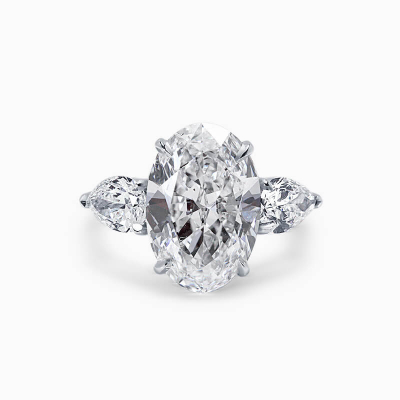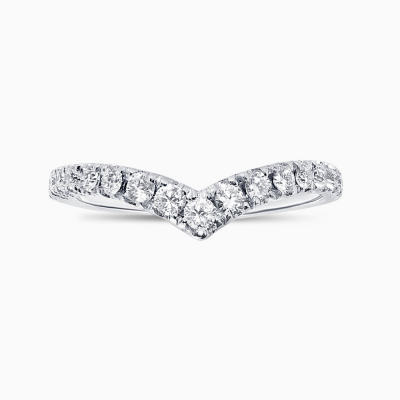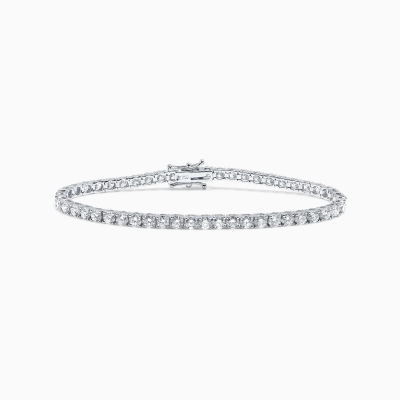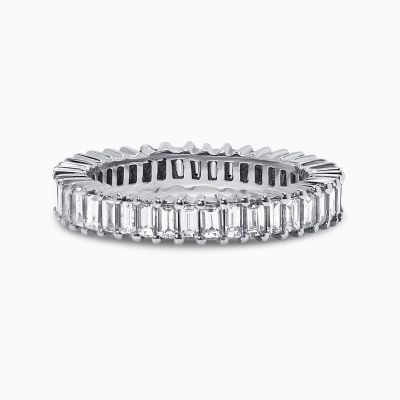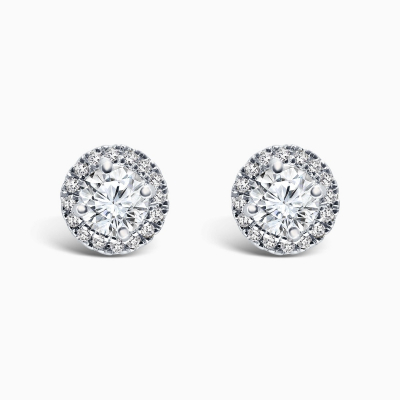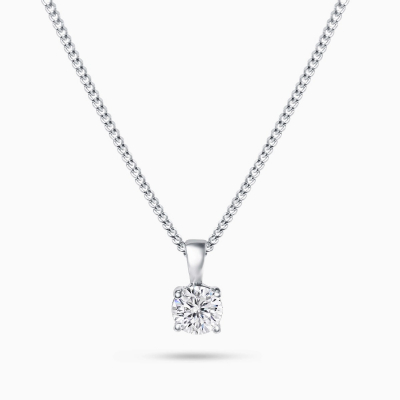GBP
/
GBP
/
Shipping to:
Currency:
WHAT IS COMPASS SETTING ENGAGEMENT RING?
The clue is in the name - a Compass Setting engagement ring aligns the claws or prongs of the ring setting to the cardinal point of a compass. So each claw points to North, South, East and West. This is in total contrast to the more traditional "box" style setting in which the diamond arrangement is set square on. Neither orientation of setting finds favour over the other and as with most jewellery, choice is really down to personal taste.
However, if there had to a style of engagement ring that never goes out of fashion, is timelessly elegant, and appeals to many different styles of women from fashion forward to classical, then that has to be the Solitaire Compass Engagement Ring. Trends for other settings and diamond cuts may come and go but the Solitaire Compass ring never fails to be a firm favourite amongst brides to be of all ages.
Compass Setting engagement rings have one distinctive factor that makes this design really stand out from the crowd and is perhaps the reason for its enduring popularity. This is that with a Compass Setting engagement ring all attention is focused upon the brilliance and sparkle of the diamond contained within its claws. As the diamond is aligned with the cardinal point of a compass, the four prongs that hold it secure allow greater exposure to light so maximising brilliance and fire, reflected out through the unhindered parts of the diamond. Some other settings actually prevent light reflecting on to the diamond: for example, the bezel setting actually blocks a small amount of light from entering the diamond, particularly from the side, which means that the diamond held in this setting reflects far less light so appears to have less sparkle.
When choosing a Compass Engagement Ring it is essential that the proportions of the diamond held by the compass setting are very carefully considered. For example, princess cut solitaire compass engagement rings require a 1:1 length to width ratio which means that they are very close to being a square. Turned sideways on its axis, a Princess cut, or square, diamond will not demonstrate a perfect "diamond" shape unless the stone is extremely square.





